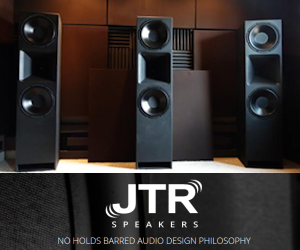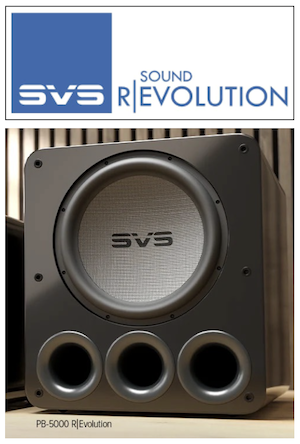Yeah, it's because nobody hired the fine local acoustic experts at Poes Acoustics! I had one customer!
Some rooms had a lot of acoustic treatments, like MBL, others not so much. These rooms are acoustically difficult, but I might just say we don't want to overstate the issue. Given the intent of a lot of these systems, I think that not over-treating the space made sense. Many made use of the curtains or materials they brought for display to help generally absorb some of the sounds off the front or back walls. Side-wall absorbers were uncommon, but honestly, I'm ok with that. Where I think the biggest problems lie are with bass. The rigid walls cause worse bass problems with more significant modal anomalies and I think the rooms need more aggressive bass traps The problem for most people is that those are the biggest and most expensive treatments to bring, you need a lot, and the rooms are not well suited to that.
One of the tricks I used was that I brought a custom built bass trap which had a chamber in the middle to maximize LF absorption. That was in a corner. I then shoved all the pillows and blankets under a display table. This was hidden by the decorative black fabric that covered the table, but it too would add LF absorption. What I didn't do but would have done if I had looked at the space better in advance, is build custom treatments for all the cavities in the room. There was a table along the side wall of most rooms that contained the TV and a desk. Under the desk could be a good place for a bass trap. The Drawers could be removed and that area filled with absorbers (which you could make ahead of time to fit the cavities) and the closet. In hindsight, I would have opened the closet and made bass traps to fit inside of it. It was a good location for that.
Another thing I didn't have the luxury of doing but would do if possible is ceiling treatment. Using the metal scaffolding that many people bring, I would create a mount for ceiling panels to absorb LF ceiling reflections.
One problem I saw was what I call the typical audiophile silliness that sometimes infects these places. Some folks thought their space was treated because they bought into nonsense ideas about what constitutes effective treatment. Things like this:
https://www.musicdirect.com/equipme...QDa9PMmDzwsQ1Oko9STiSKG2nwSv2UY4aAnWZEALw_wcB
or
https://www.musicdirect.com/accessories/Stillpoints-Aperture-II-Acoustic-Panel
which was very popular. It's gorgeous, I give them that, but it doesn't do all they claim. I've actually had some hands-on with these including an ability to see how they are made. I think the claims defy the laws of physics and they provide nothing to back them up.
Further, I saw very little proper use of LF treatment approaches. I was impressed by the use of the active LF treatment by Von Schweikert, but it was one subwoofer. That space should have had 3 or 4, and it was unclear how it was being leveraged in this space, beyond as an acoustic tool. In my opinion, every room should have subwoofers used specifically for acoustic purposes with judicious use of EQ to remove those horrific modes. I don't agree with the idea that this doesn't show how the system really sounds and highlights setup, it's exactly the point. There is no such thing a sound in this regard, the sound is the hotel room. Nobody wants to hear a hotel room and frankly, nobody has a room built like most hotel rooms.
Which is all to say, companies should be hiring acoustics experts that embrace modern acoustic theory to setup these rooms. It maximizes the positive impression of their systems. It ensures that is what is being highlighted.










